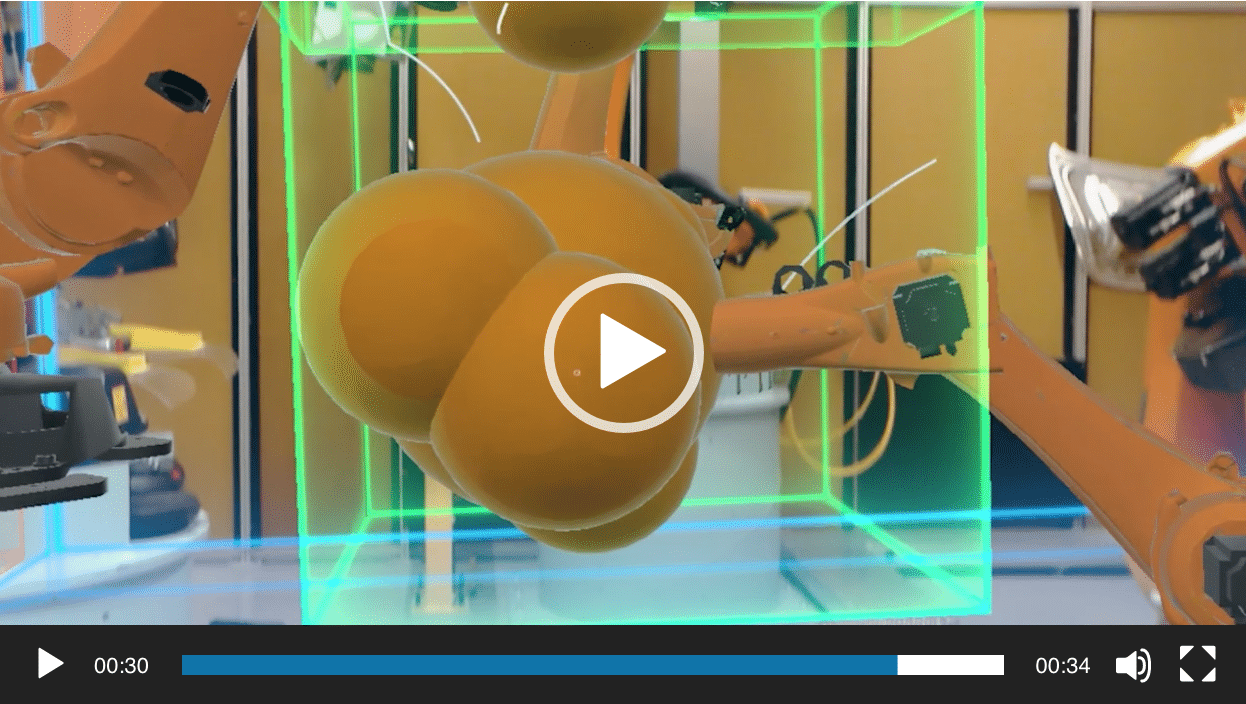
![]() “Vantage” is AR Insider’s editorial contributor program. It enlists spatial computing executives and developers for first-hand strategic insights. Find out more or contact us to participate here. Authors’ opinions are their own.
“Vantage” is AR Insider’s editorial contributor program. It enlists spatial computing executives and developers for first-hand strategic insights. Find out more or contact us to participate here. Authors’ opinions are their own.
How Daimler uses Unity across its automotive lifecycle
by Nick Davis
Daimler Protics shapes digital reality for Daimler AG, one of the world’s largest automakers. Its mixed reality team develops everything from proof of concepts to ready-to-use applications for Mercedes-Benz and other brands.
The division uses Unity to create a mixed reality pipeline connected to systems and Product Lifecycle Management (PLM) data, then deploy applications to multiple platforms, including Microsoft HoloLens, Oculus devices, and smartphones.
Let’s cover a few of the ways they create and deploy HoloLens applications at various stages of the automotive lifecycle.
Production
Daimler Protics uses Unity for a variety of use cases in the production phase, from planning factory layouts (e.g., previsualizing machinery and architecture) to assembly training (e.g., training workers on how to assemble the cars). Safety inspection is one of them (see video above).
Automakers often use robotic laser welding to precisely and efficiently fuse various parts of the vehicle together. When Daimler’s robot cell is in operation, however, the space is closed off to prevent anyone from looking inside and losing their sight, making safety inspections difficult.
The team developed an application that replays each robot’s logged movements on the HoloLens once a session is complete. This application displays predefined safety spaces, so it’s easy to verify whether the robot’s movements have adhered to safety protocols.
Sales and marketing
Mercedes-Benz formed the EQ brand for its new fleet of electric vehicles. For the Mercedes-Benz EQC, the automaker’s first fully-electric compact luxury SUV, the Daimler Protics team created a HoloLens experience to help drivers better understand the inner workings of an electric vehicle compared to the gas-powered versions to which they’re accustomed.
Designed for auto shows and dealership showrooms, the self-serve application guides users – the vast majority of whom have never used a mixed reality headset – showing them where to look and identifying various points of interest as they walk around the vehicle. Daimler’s goal is to tell a rich, interactive story about the Mercedes-Benz EQC, including the location of the battery powering the vehicle, and how it works and charges.
After-sales: Maintenance and repair
Traditional training programs use cut-section models to instruct technicians on how to service an automotive transmission. While working on a full-scale physical model is helpful for understanding, the educational value of a cutaway version that’s disconnected from the car is limited.
Daimler Protics solved this dilemma using mixed reality. The application not only surfaces the transmission’s various hard-to-see components, it also makes it easy to replicate the experience of the running engine, and visualize how it changes when shifting gears or braking.
For more on Daimler’s automotive lifecycle transformation, see the presentation below.
 Nick Davis is Senior Content Marketing Manager for Automotive, Transportation & Manufacturing at Unity Technologies. A version of this article originally appeared on the Unity Blog, published here with permission.
Nick Davis is Senior Content Marketing Manager for Automotive, Transportation & Manufacturing at Unity Technologies. A version of this article originally appeared on the Unity Blog, published here with permission.

